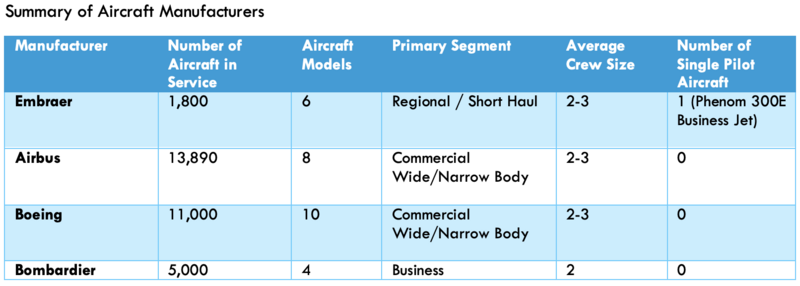Adaptive Cockpit
Roadmap Overview
FOCUS: Flight Operational Companion for Unexpected Situations
FOCUS is an advanced, AI-driven assistant designed to help commercial pilots manage sudden and surprising events within the cockpit. In high-stress situations, pilots may experience natural “freeze” reactions, delayed responses, or unintended inputs, which can compromise safety and increase risk. FOCUS has been designed to address this challenge by monitoring for signs of such startling events in aircraft readings and pilot biometrics. After detection, FOCUS will provide real-time guidance to help pilots quickly regain situational control. Through intuitive, timely interventions, FOCUS enhances flight safety by enabling pilots to confidently navigate complex and unexpected scenarios. This technology roadmap outlines the developmental path for FOCUS, highlighting its role in advancing safety, reducing operational risks, and supporting pilots with reliable, real-time assistance.
Design Structure Matrix (DSM) Allocation
Our technology roadmap focuses on an Adaptive Cockpit (3ADC) at the subsystem level (level 3). Components of the adaptive cockpit are AI for interpreting and modeling data to determine aircraft and pilot status (4AI), Biometric Sensors for measuring pilot status indicators (4BIO), aircraft sensors for detecting aircraft status (4ACS), adaptive displays that can highlight critical information for a pilot (4ADD), a lighting system that assists pilots in maintaining respiratory rates and creating a calming atmosphere (4LIS), and the pilot responsible for flying the aircraft (4PIL). Other subsystems in the cockpit include navigation and communication systems (3NAC), and flight controls (3FLC). We have also listed other level 2 products that support our level 1 market of safe commercial aviation (1SCA).
Roadmap OPD
In the figure below, we provide an Object-Process-Diagram (OPD) of the 3ADC roadmap. This diagram captures the main object of the roadmap (FOCUS), its main process (Teaming), the various tools required, the sub-processes required for FOCUS, and the change in the status of the pilot as a result of Teaming. Additionally, we have included a breakdown of the Temaing process into its three sub-processes (Detecting, Supporting, and Augmenting).
Figures of Merit
| Figure of Merit | Description | Trends | Units |
|---|---|---|---|
| Incident Rate | Rate of incidents and accidents normalized by flight time aircraft | decreasing |
|
| System Maintainability | How much time is spend maintaining aircraft systems, measured by comparing maintenance time per flight time | decreasing |
|
| Response Time | Time required to identify and mitigate safety issues | flat |
|
| System Uptime | Amount of time aircraft is available to be dispatched on a mission as a percentage of wall time | increasing |
|
| Cognitive Load on Crew | As measured by industry standard NASA TLX score | flat |
|
Detail of Accidents per Passenger Hour
Alignment with Company Strategic Drivers
Positioning of Company vs. Competition
The chart below summarizes some key metrics for the major players in aircraft manufacturing. There is a clear difference in market share, with Boeing and Airbus demonstrating a duopoly over commercial aviation. Embraer and Bombardier have focused their efforts on commercial aviation's regional and business segments.
Aircraft are incredibly complex systems that impart a tremendous demand on pilots. We will look at some characteristics and traits of various aircraft and use them as a proxy for complexity. The chart below highlights the various levels of complexity in commercial aviation across segments and manufacturers.
The chart below shows that Airbus is the only major manufacturer actively investing in RDO / SPO. There is an opportunity for companies to differentiate their architectures and provide a solution that will assist the industry in meeting pilot demands in the future by providing single-pilot aircraft.








